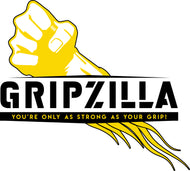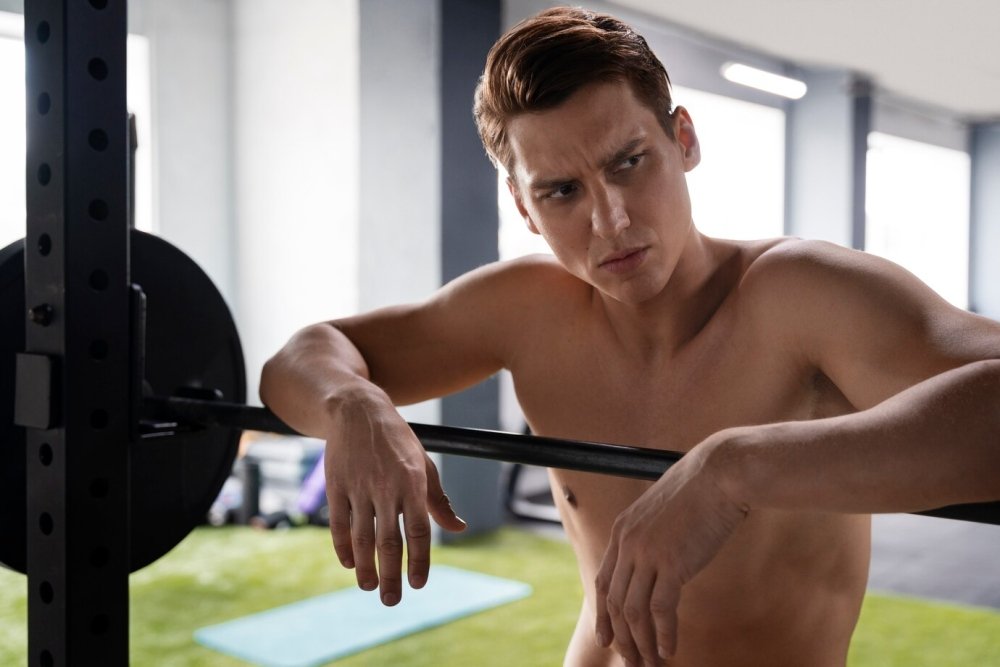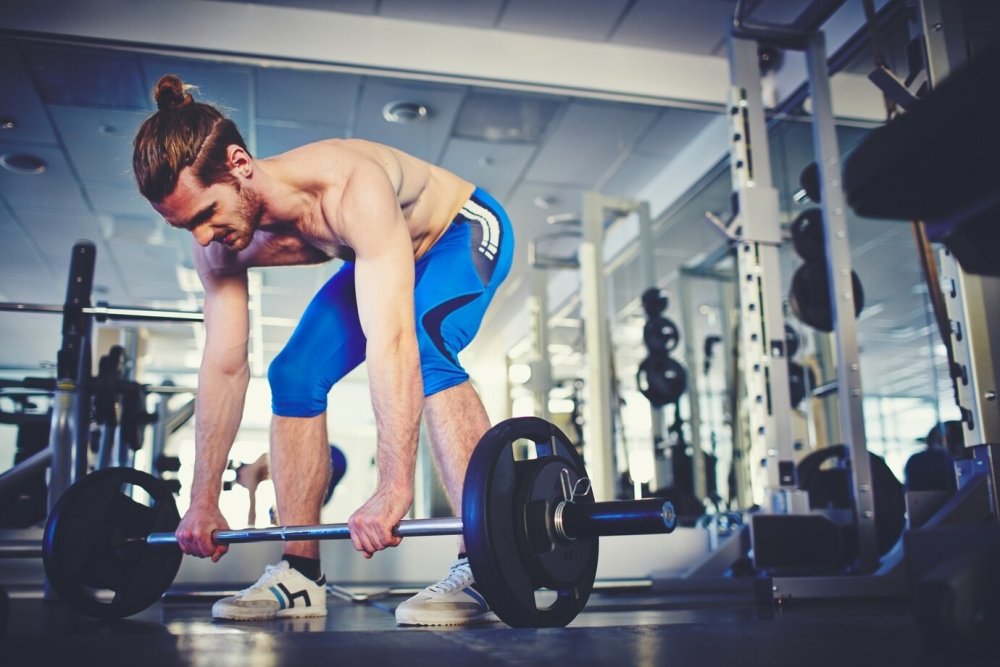Unsure of how to take your arm workouts to the next level?
Imagine looking in the mirror and seeing those triceps pop, giving your arms that strong, defined shape you’ve always wanted.
The Tate Press could be your new best friend.
This simple yet powerful exercise is all about targeting those triceps in a unique way.
It’s easy to learn, fun to do, and, best of all, you’ll feel the burn in the best way possible:
How To Do Tate Press?

The tate press is an exercise that primarily targets the triceps and shoulders, often performed with dumbbells.
Here’s how to do it:
- Lie down on a flat bench, holding a dumbbell in each hand with your palms facing inward (neutral grip).
- Extend your arms straight up, positioning the dumbbells over your chest.
- Bend your elbows to bring the dumbbells down towards the sides of your head, keeping your upper arms relatively stationary.
- The movement should feel like a triceps extension, but with the weights being "pressed" down towards the head rather than directly up and down.
- Straighten your elbows to return the dumbbells to the starting position above your chest.
This unique angle provides a good stretch and engagement for the triceps, and it’s an effective variation for tricep development.
Tate Press Muscles Worked
The Tate Press primarily targets the triceps, but it also engages several supporting muscles for stability and control.
Here’s a breakdown:
· Triceps (Long Head): The main focus of the exercise. This part of the triceps often gets underworked in standard presses, and the Tate Press helps create fuller, more defined arms.
· Anterior Deltoid (Front Shoulder): Helps stabilize the movement as you lower and press the dumbbells.
· Anconeus: A small elbow stabilizer that assists in controlled extension of the elbow, reducing strain and improving joint health.
· Forearms: Holding and controlling the dumbbells requires grip strength, giving your forearms a mild workout.
· Chest (Pectorals, minor activation): While not a primary mover, the chest stabilizes the arms as they move, particularly at the bottom of the press.
Tate Press Benefits

The Tate Press is a great exercise for anyone looking to strengthen and define their triceps. Here are the main benefits:
1. Targets Triceps Effectively
The Tate Press is highly effective for isolating the triceps, especially the long head, which can be challenging to activate with standard tricep exercises. It helps build strength and muscle definition in this area.
2. Supports Lockout Strength
By focusing on the triceps, the Tate Press can improve lockout strength in pressing exercises like the bench press. This is helpful for athletes or anyone working to boost their upper body pushing power.
3. Elbow Stability
This movement can enhance elbow stability because it requires controlled, slow movements, which helps strengthen the smaller stabilizing muscles around the elbow joint.
4. Increases Arm Mass
Adding the Tate Press to your routine can add mass to your arms, giving them a fuller and more balanced look when paired with bicep exercises.
5. Enhances Upper Body Symmetry
The Tate Press works well to create symmetrical development by engaging muscles that may be underutilized in other exercises, adding a more rounded look to the arms and upper body.
Dumbbell Tate Press Tips
Here are some helpful tips to make the most out of the Dumbbell Tate Press and maximize both safety and effectiveness:
Choose the Right Weight
Start with a lighter weight than you might use for other tricep exercises. The Tate Press requires control and precision, so focusing on form over weight will help avoid strain on your elbows.
Keep Elbows Pointed Outward
Ensure your elbows are pointed outward throughout the movement. This angle helps isolate the triceps and minimizes shoulder involvement, allowing for better tricep engagement.
Control the Descent
Lower the dumbbells slowly and with control. Don’t let gravity do the work—engaging your muscles fully on the way down will increase time under tension and lead to better muscle activation.
Avoid Full Extension
Stop just short of locking out your elbows at the top of each rep. This helps keep the tension on your triceps throughout the movement instead of shifting it to your joints.
Maintain a Strong Grip
Hold the dumbbells firmly to stabilize them during the lift. A secure grip will also help you maintain control, reducing the risk of injury.
Keep Wrists Neutral
Avoid bending or "breaking" at the wrists. Keep them aligned with your forearms to prevent wrist strain and maintain proper control.
Focus on Slow, Smooth Movements
The Tate Press is a slow and controlled exercise. Avoid using momentum, aim for a smooth up-and-down motion to keep the triceps engaged.
Final Recap
Ready to add some serious strength and shape to your arms? The Tate Press is the way to go.
With every rep, you’ll be building those triceps and getting one step closer to your fitness goals.



